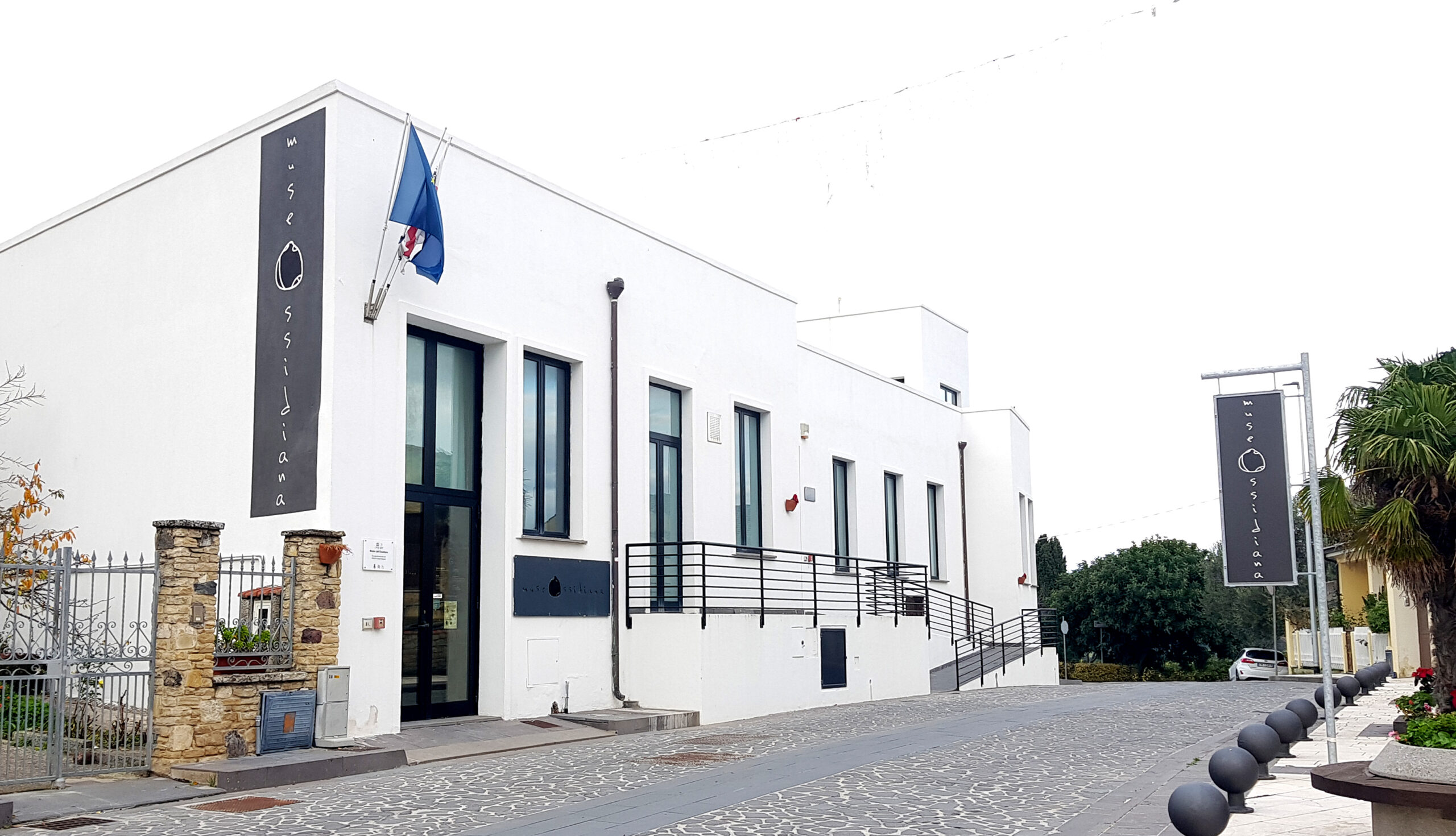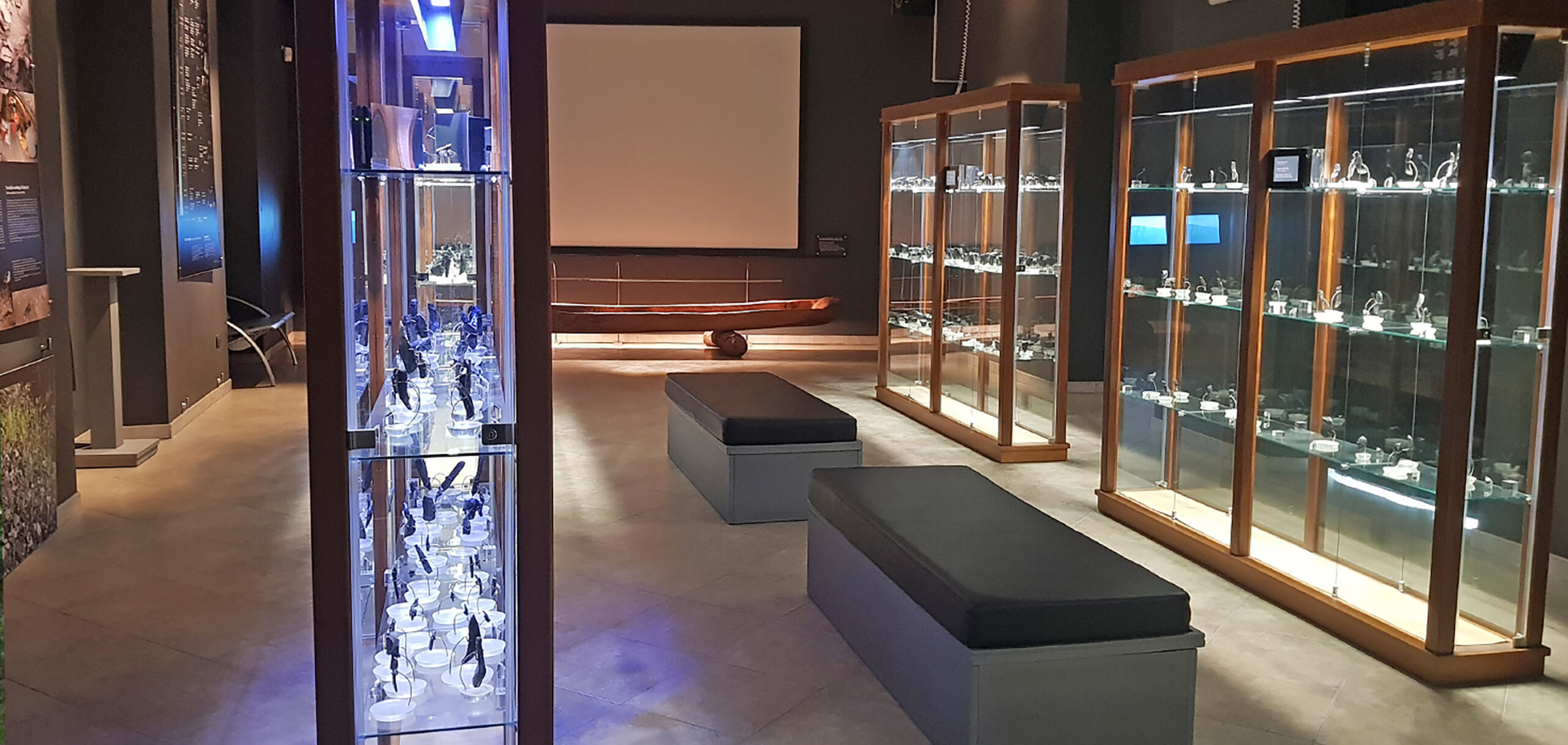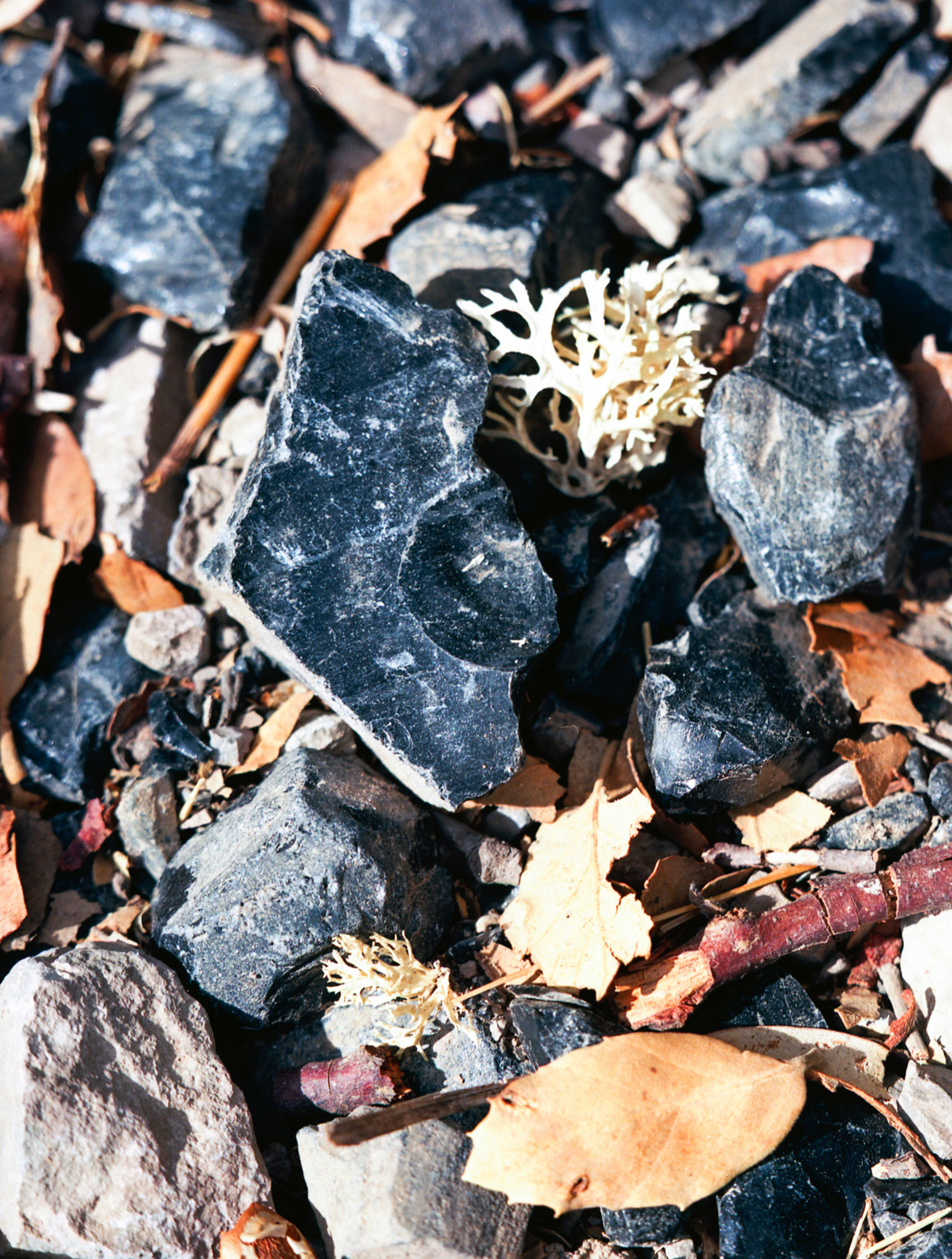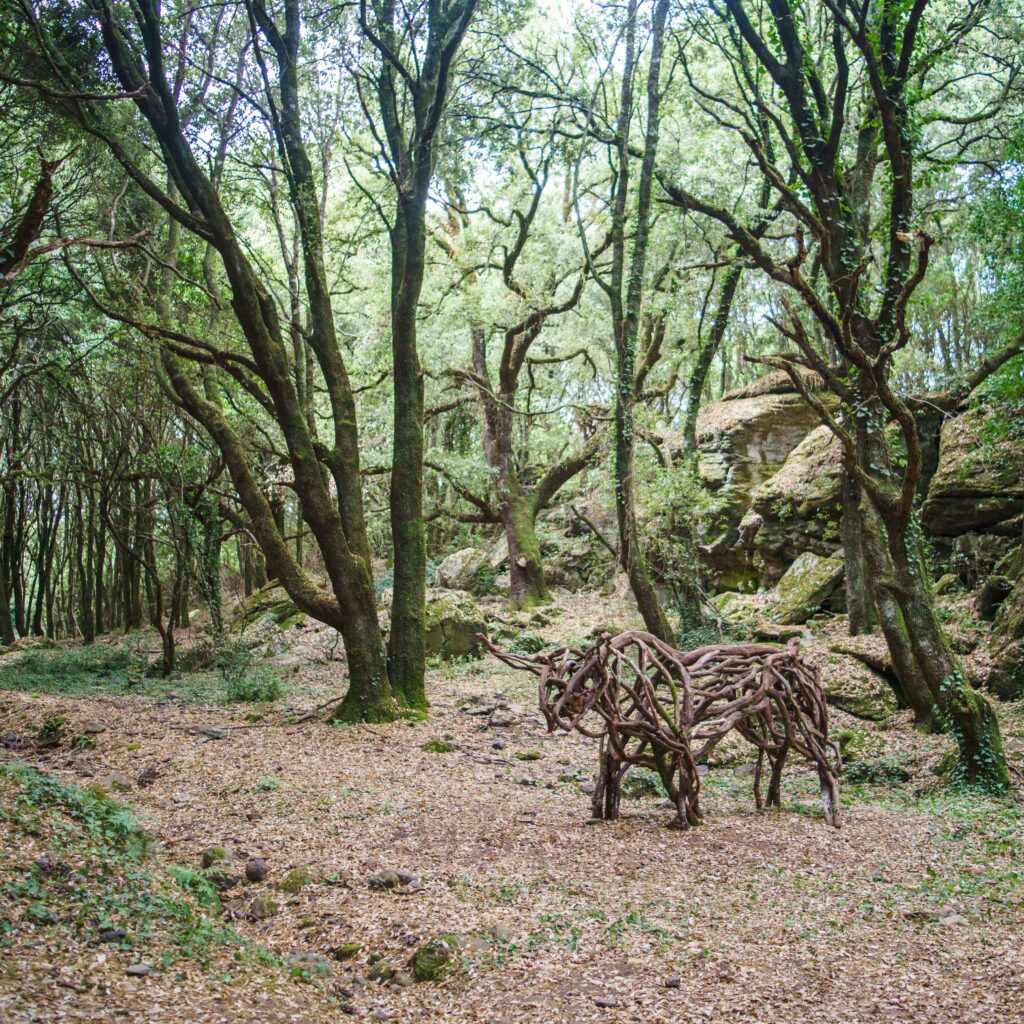THE OBSIDIAN MUSEUM
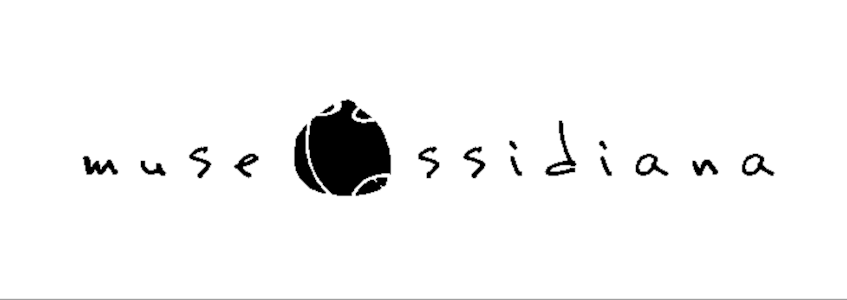
There is only one other similar experience in the world: the Obsidian Museum of Archaeology in Nagawa (Nagano), together with the Center for Obsidian and Lithic Studies, with which the Pau Museum has been linked by an agreement since 2014.
The obsidian resource is linked to an extraordinary cultural value that lies in a double aspect: geological and archaeological. The territorial diffusion of obsidian, known to most for its characteristics of predominantly black color and for its suggestive brilliance and extraordinary cutting capacity, is extremely rare.
Its formation is linked to a few volcanic formations, whose distribution, referring to the western part of the Mediterranean Sea, is limited to Sardinia (and in it, only to Monte Arci), to the Sicilian islands of Lipari and Pantelleria and to the small island of Palmarola, in the Pontine archipelago. Its importance is equally important in archaeological terms, as obsidian was a complex and refined material of processing in Neolithic times, an object of exchange between the communities that inhabited the coasts of the Mediterranean basin. A visit to the Obsidian Museum in Pau is a true multisensory experience in direct contact with matter and prehistory. It consists of 4 rooms, a corridor and an immersive room, which retrace the history of obsidian, from its ancient formation, to the time when it was discovered by the communities that began to use it to make useful tools for daily life.
It is advisable to visit the museum with the guidance of one of the operators, for the possibility of personalizing your experience of knowledge and for the possibility of interacting with those who will accompany you. Alternatively, an excellent multilingual audio guide is available, available in Italian, English, German and French.
Not to be missed is a visit to the path of Sa Scaba Crobina, the black path covered with countless obsidian splinters deriving from its ancient processing.
Opening Hours, Tickets and Contacts
Opening Hours
Open from Wednesday to Sunday: 10.00 – 12.00 / 15.00 – 18.00. And by reservation for groups
TICKET PRICE
info@museossidiana.it
(+39) 0783939134
(+39) 3406110153
(+39) 3472460791
Indirizzo
Via S. Giorgio, 8, 09090 Pau (OR)
THE OBSIDIAN
Obsidian Park "Sa Scaba Crobina"
The prehistoric chipping workshops of the Pau Obsidian Park, which can now be visited on foot in dedicated visits, are a unique experience of immersion in places of ancient memory. The study of the prehistoric processing waste found inside them has contributed decisively to the understanding of the main techniques used by the artisans of Monte Arci, starting from the Neolithic period, to the recognition of the operational chains put in place and to the understanding of the forms of circulation and exchange of the obsidian resource over long distances, beyond island borders.
“Sa Scaba Crobina” is to all intents and purposes an open-air museum area, of undeniable charm but equally evident fragility. Today, obsidian is a protected resource. Within the Park area, collection and undue chipping activities are prohibited.

